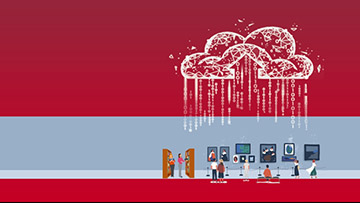The Open Database of Cultural and Art Facilities
Catalogue number: 21260001
Issue number: 2020001

The Open Database of Cultural and Art Facilities (ODCAF) is a collection of open data containing the names, types, and locations of cultural and art facilities across Canada. It is released under the Open Government License - Canada.
The ODCAF compiles open and publicly available data on cultural and art facilities across Canada. Data sources include provincial/territorial governments, municipal governments, and professional associations. This database aims to provide enhanced access to a harmonized listing of cultural and art facilities across Canada by making it available as open data. This database is a component of the Linkable Open Data Environment (LODE).
Data sources and methodology
The inputs for the ODCAF are datasets whose sources include provincial, territorial and municipal governments, and professional associations. These datasets were available either under one of the various types of open data licences, e.g., in an open government portal, or as publicly available data. Details of the sources used are available in a 'Data Sources' table located within the downloadable zipped ODCAF folder.
The data sources used do not deploy a uniform classification system. The ODCAF harmonizes facility type by assigning one of nine types to each facility. This was done based on the facility type provided in the source data as well as using other research carried out for that purpose.
The facility types used in the ODCAF are: art or cultural centre, artist, festival site, gallery, heritage or historic site, library or archive, museum, theatre/performance and concert hall, and miscellaneous.
The ODCAF does not assert having exhaustive coverage and may not contain all facilities in scope for the current version. While efforts have been made to minimize these, facility type classification and geolocation errors are also possible. While all ODCAF data are released on the same date, the dates as of which data are current depends on the update dates of the sources used.
A subset of geo-coordinates available in the source data were validated using the internet and updated as needed. When latitude and longitude were not available, geocoding was performed for some sources using address data in the source street address.
Deduplication was done to remove duplicates for cases where sources overlapped in coverage.
This first version of the database (Version 1.0) contains approximately 8,000 records. Data were collected by accessing sources between January 2020 and July 2020.
The variables included in the ODCAF are as follows:
- Index
- Facility Name
- Source Facility Type
- ODCAF Facility Type
- Provider
- Unit
- Street Number
- Street Name
- Postal Code
- City
- Province or Territory
- Source-Format Street Address
- Census Subdivision Name
- Census Subdivision Unique Identifier
- Province or Territory Unique Identifier
- Latitude
- Longitude
For more information on how the addresses and variables were compiled, see the metadata that accompanies the ODCAF.
Downloading the ODCAF
For ease of download, the ODCAF is provided as a compressed comma-separated values (CSV) file.
Visualizing the ODCAF
The ODCAF content is available for visualization on a map using the Linkable Open Data Environment Viewer.
- Date modified: